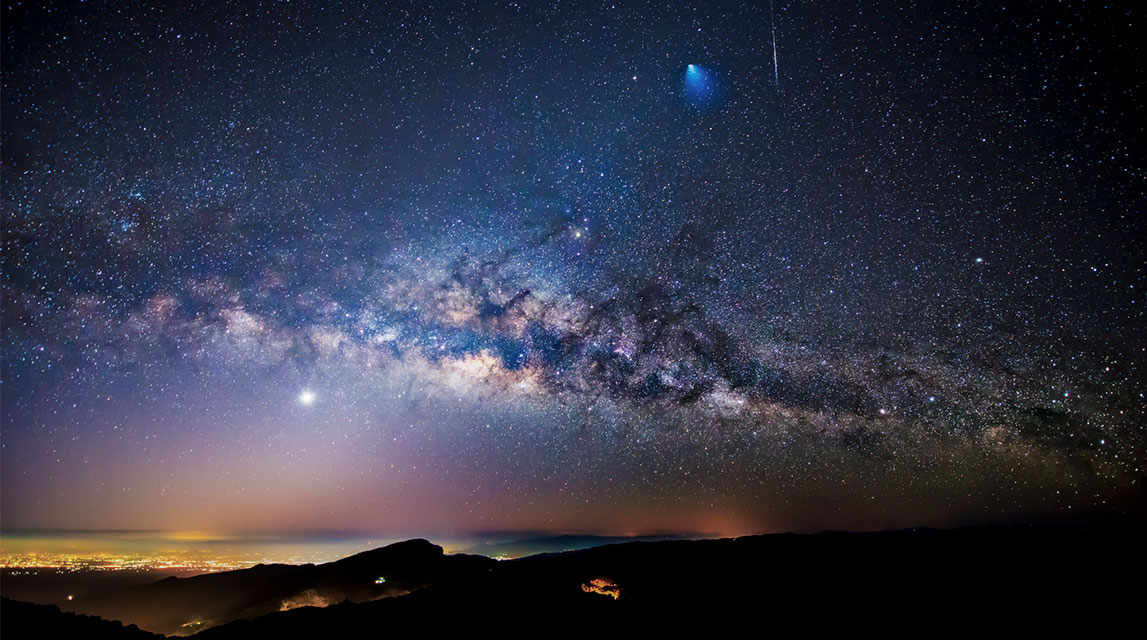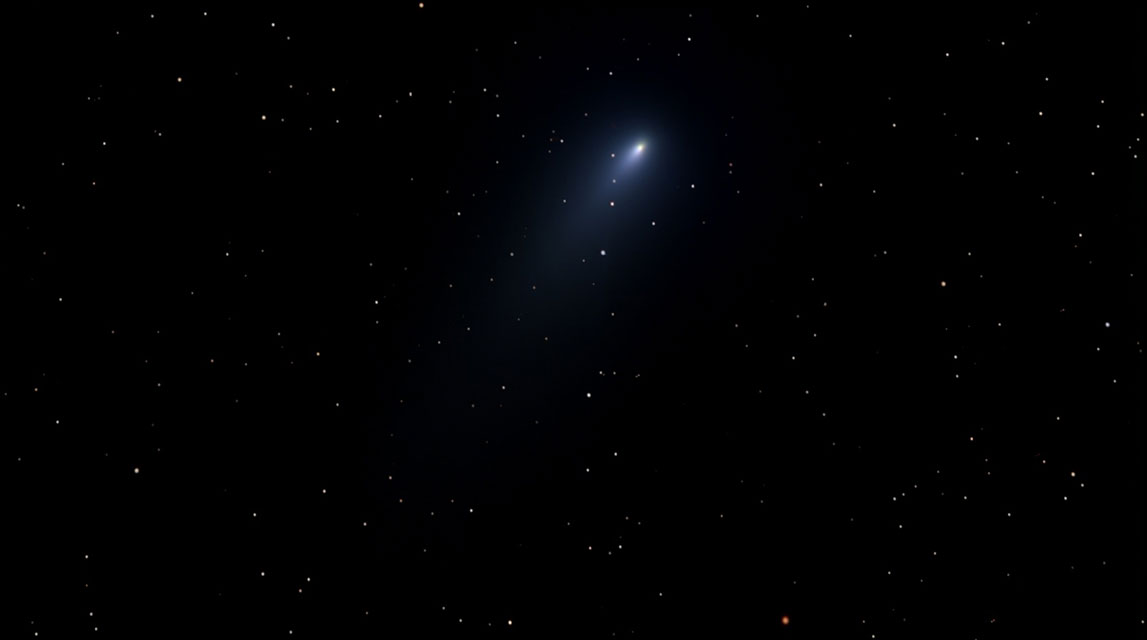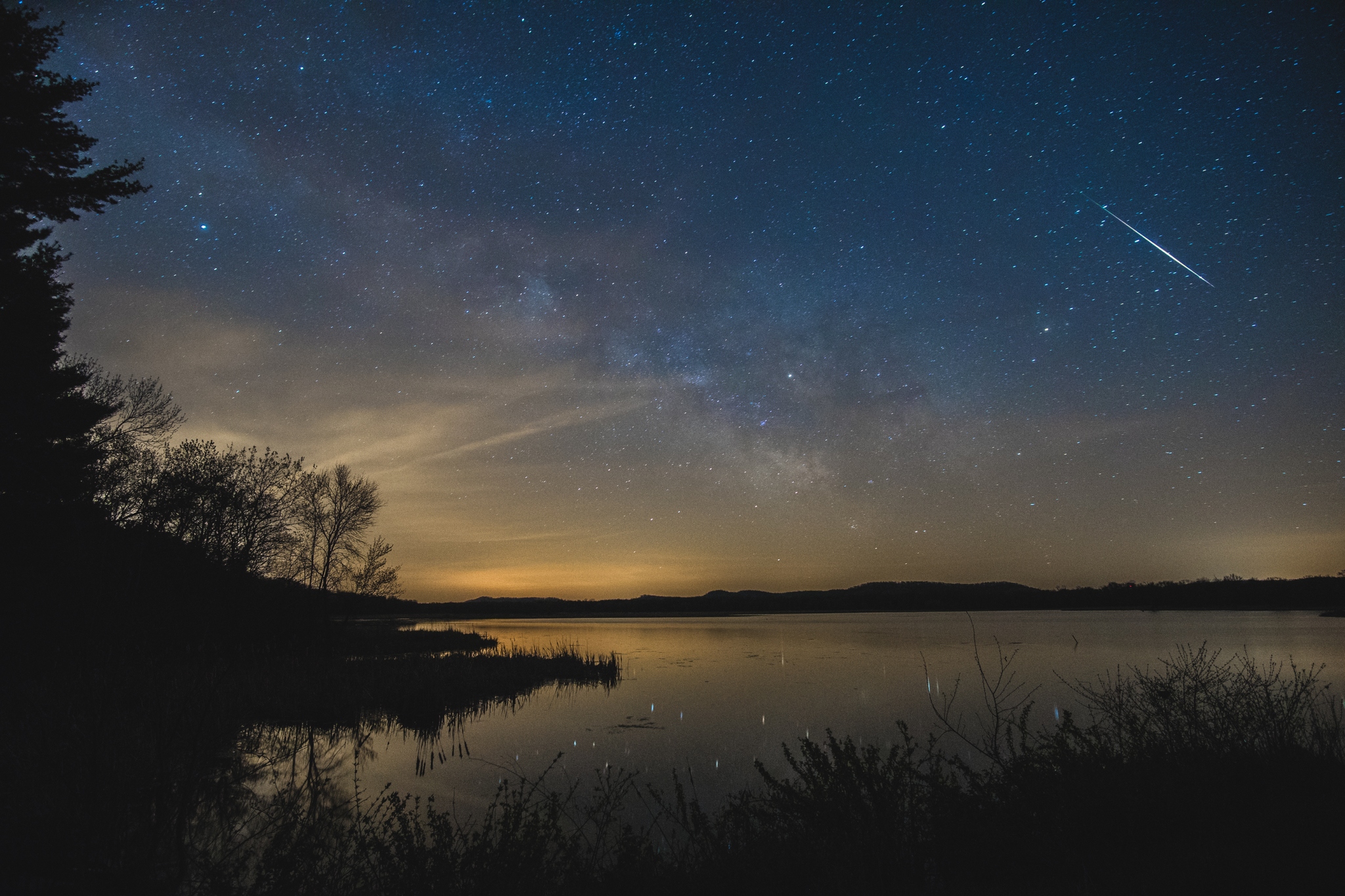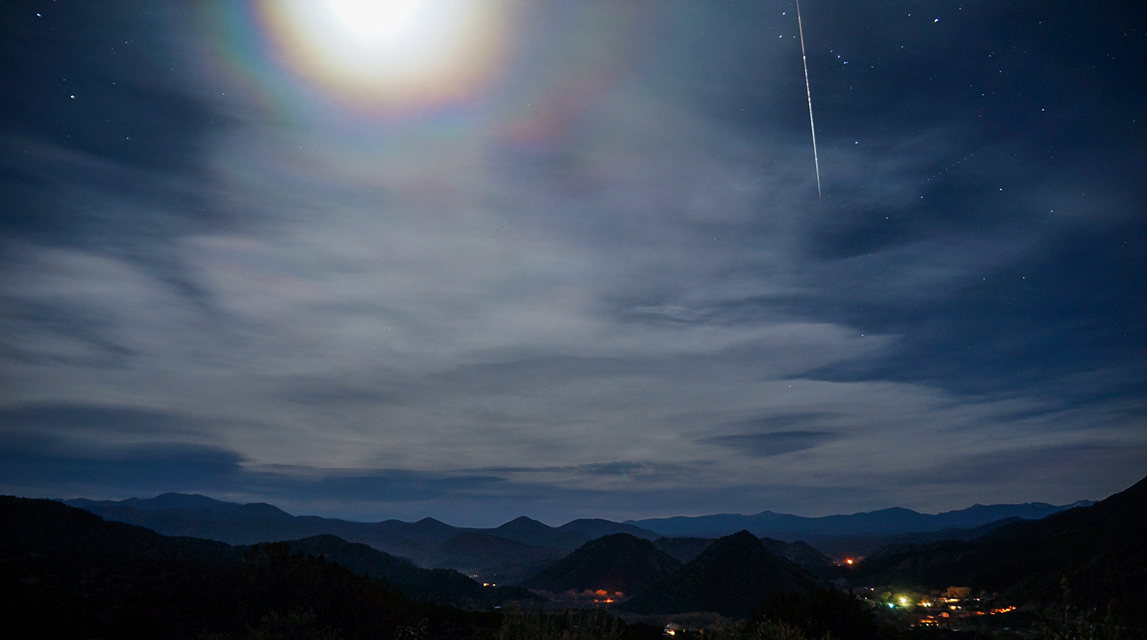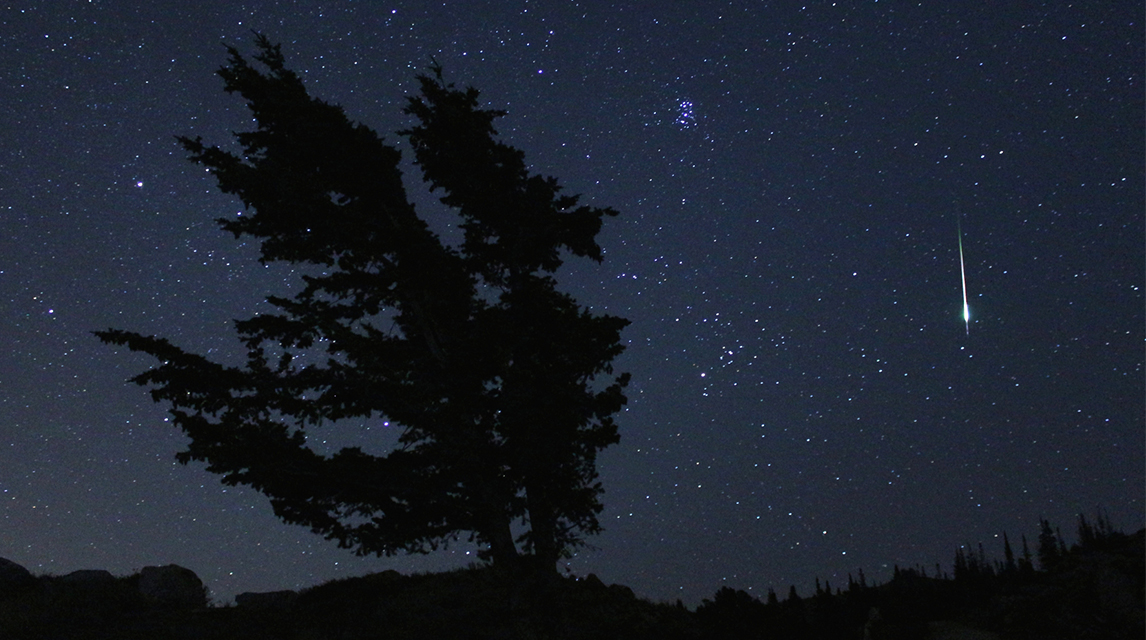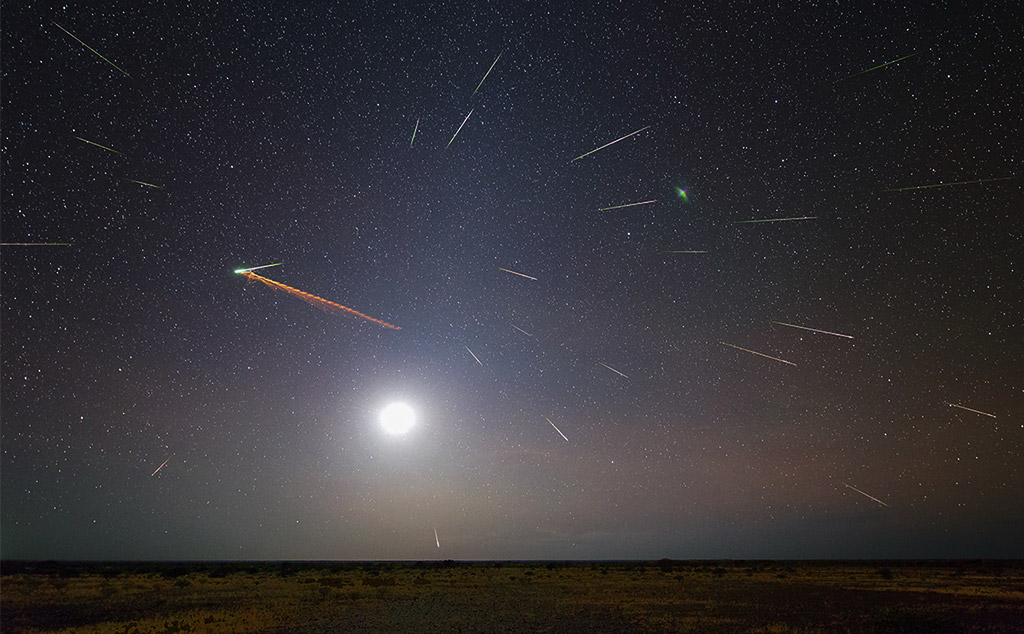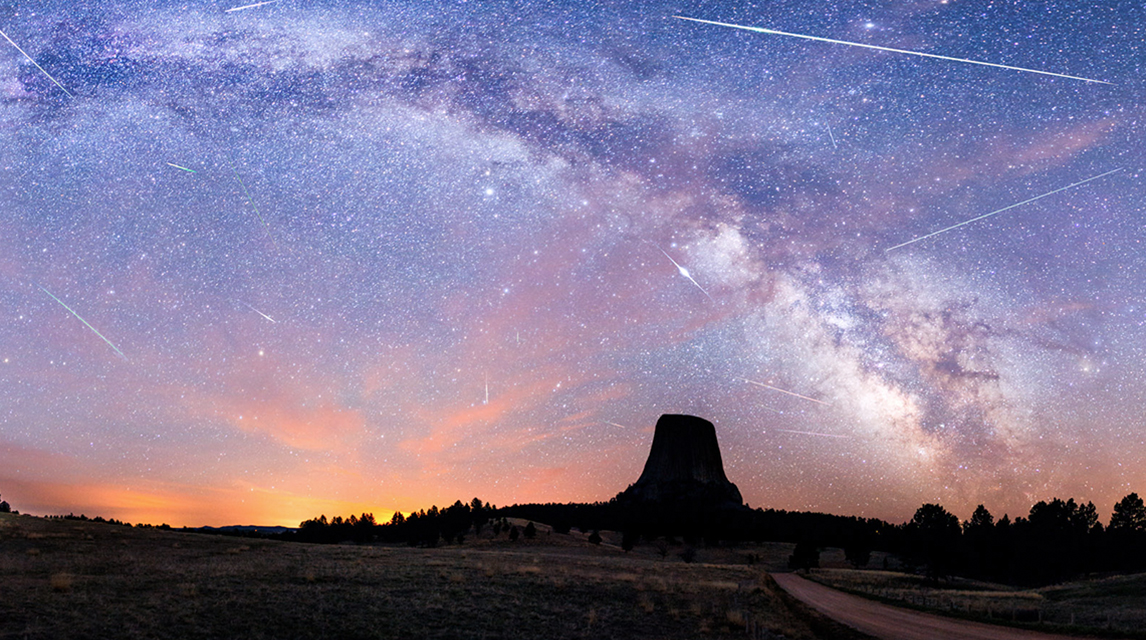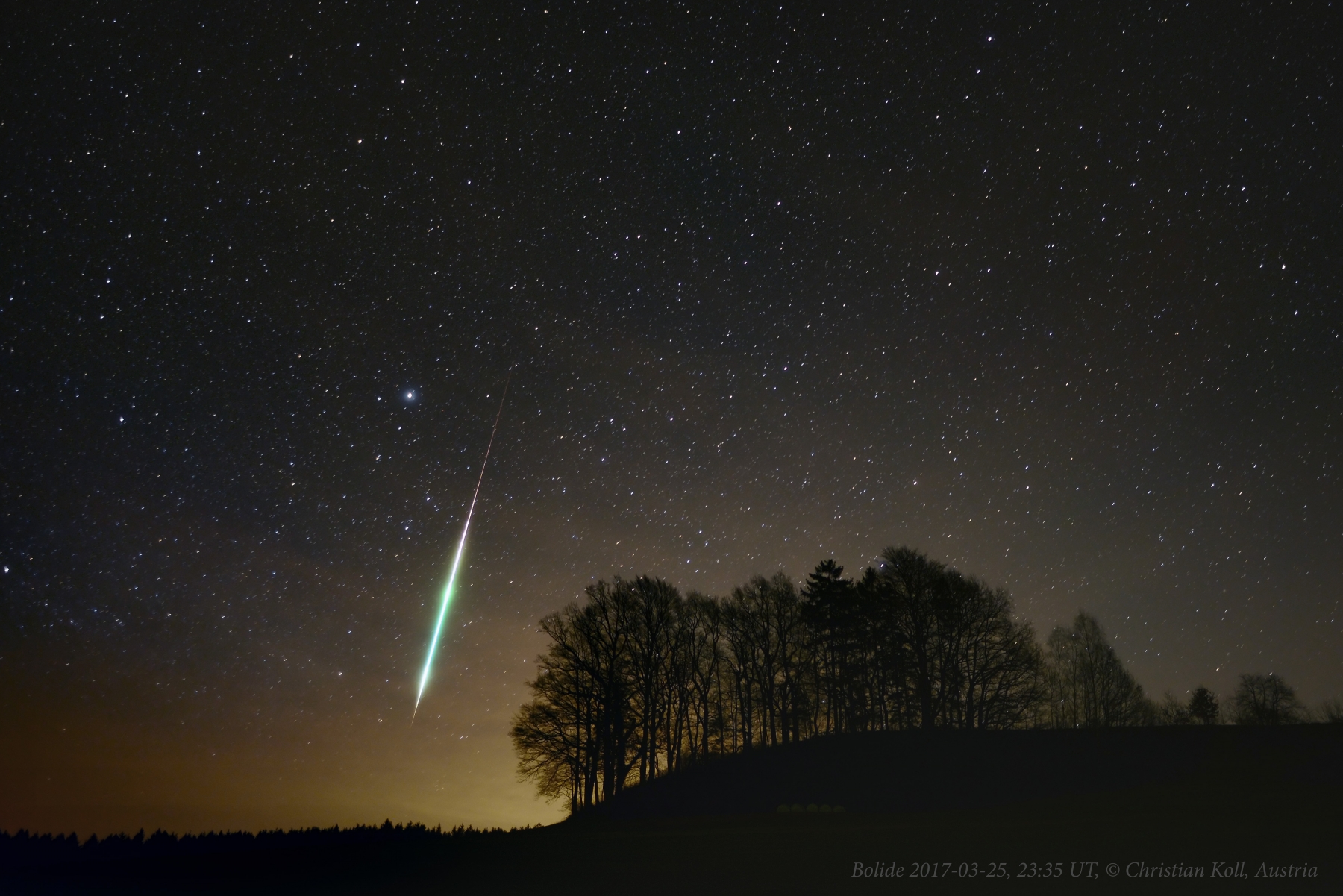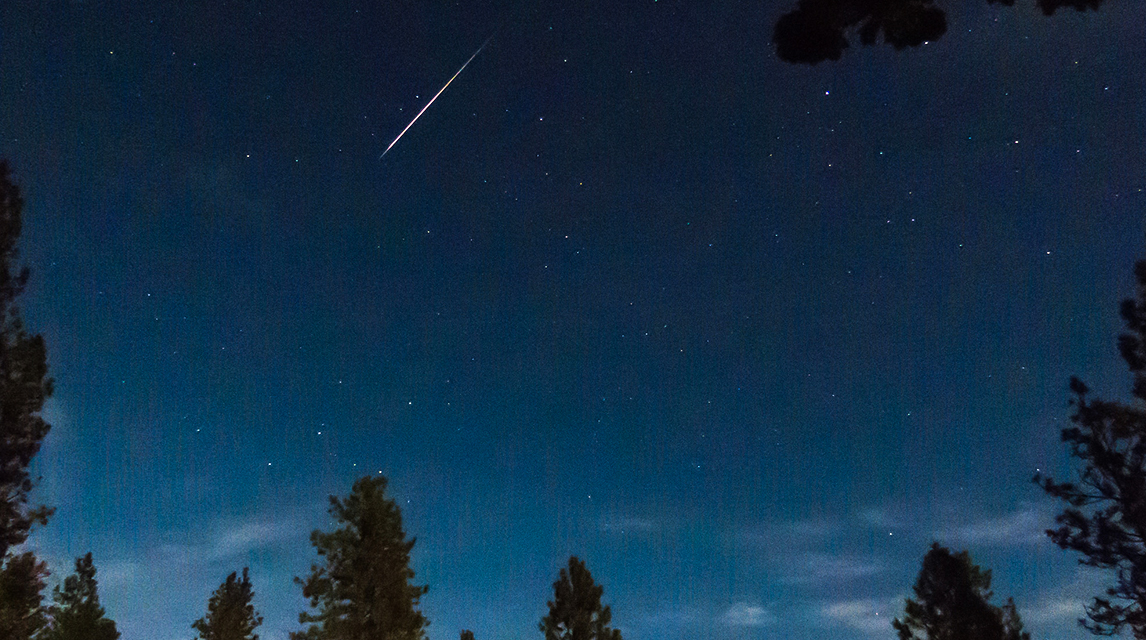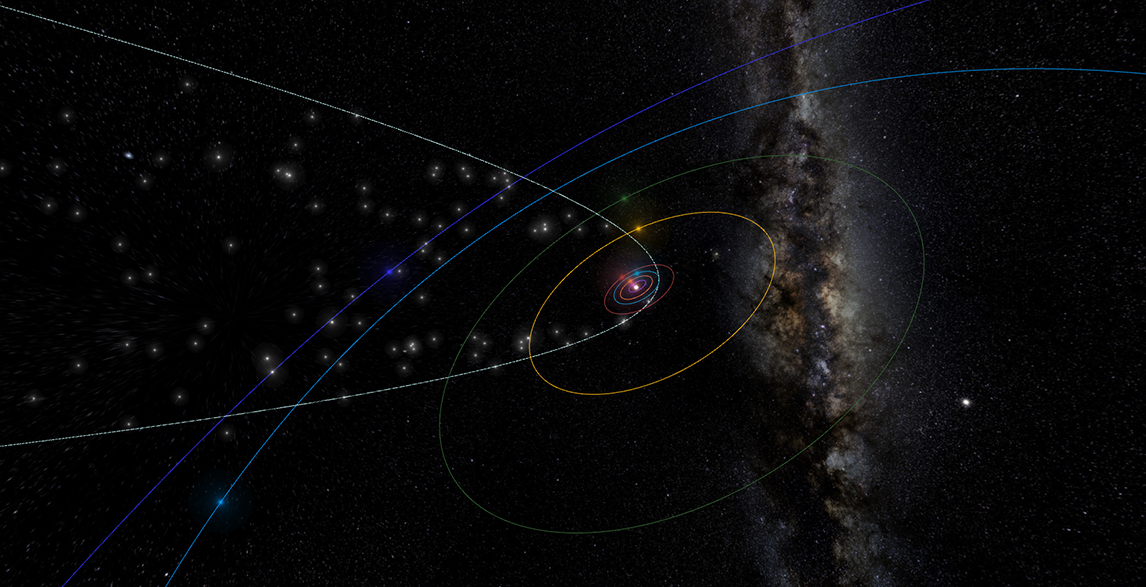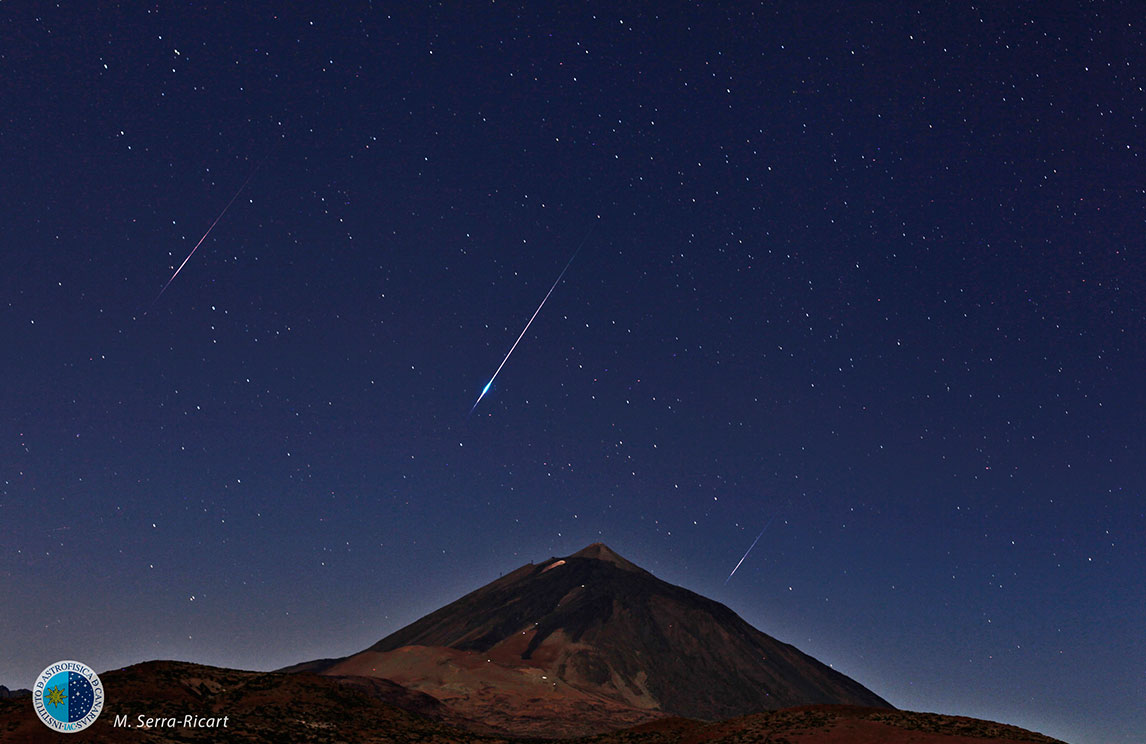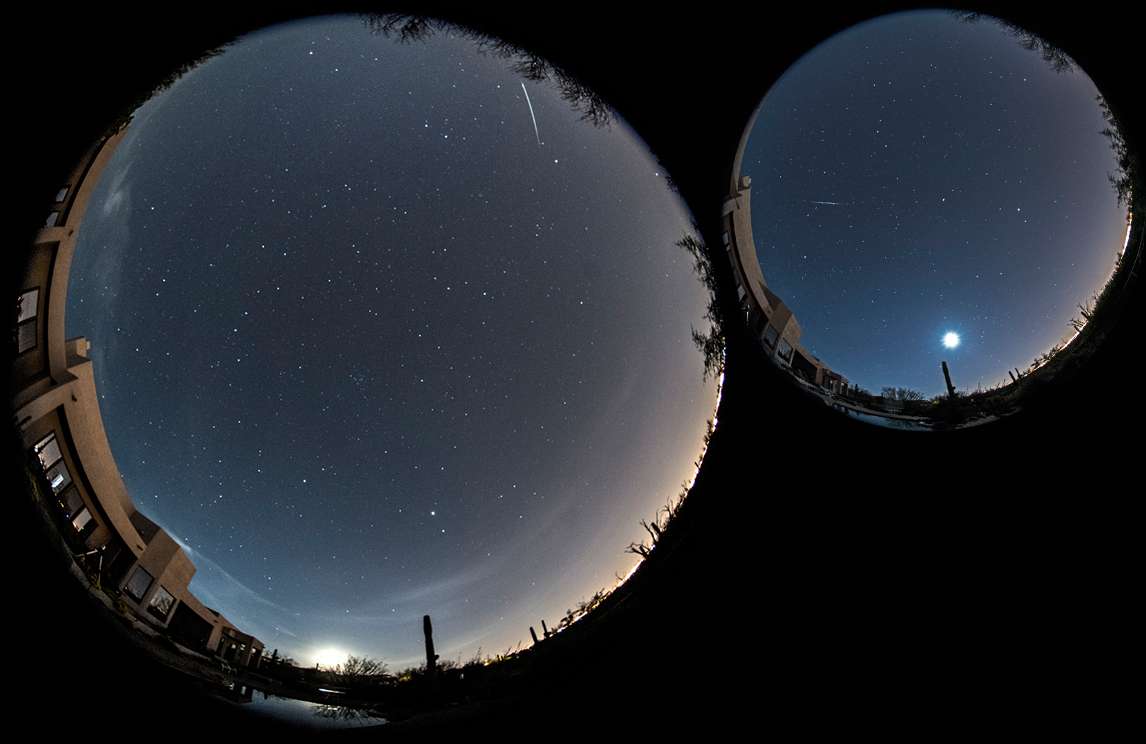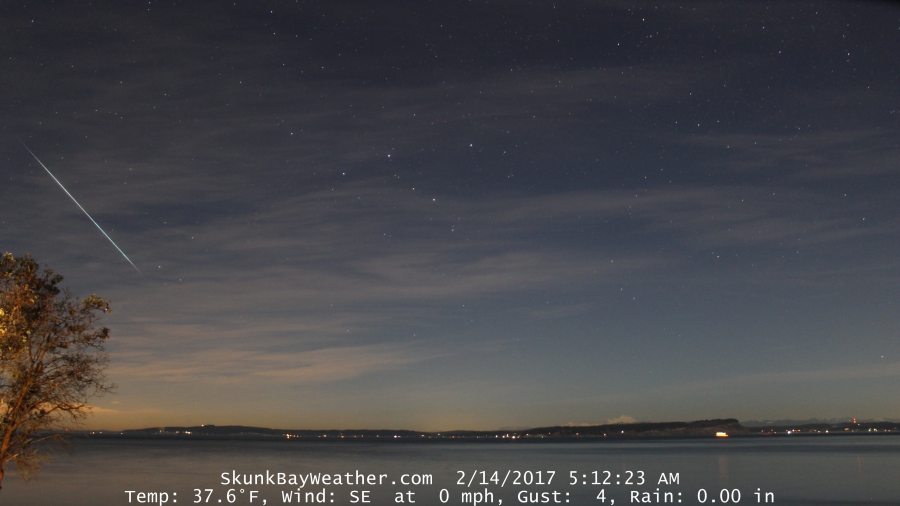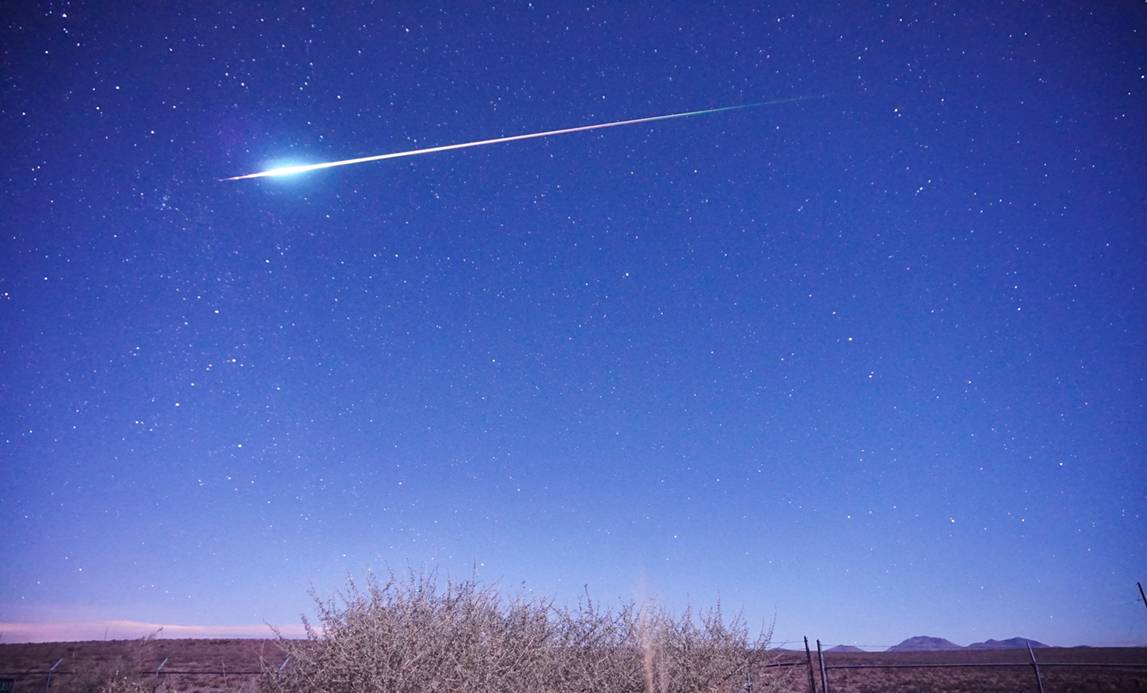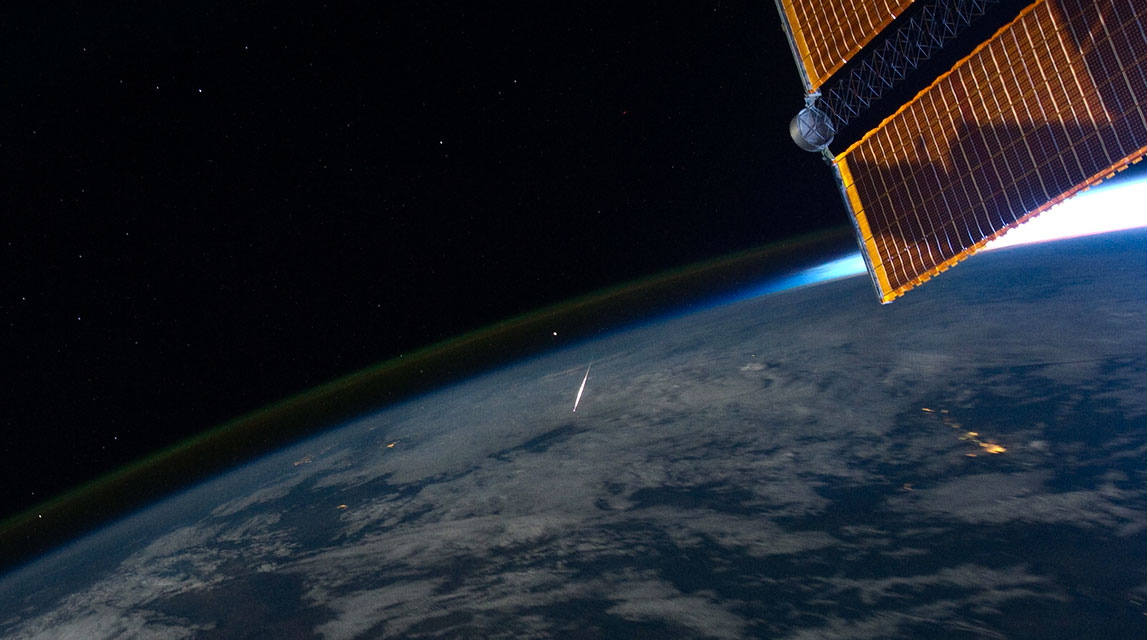
Meteor Activity Outlook for June 17-23, 2017
During this period the moon will reach its last quarter phase on Saturday June 17. At this time the half-illuminated moon will rise near 0100 for most observers located at mid-northern latitudes. While these conditions are not perfect, one can still obtain good meteor viewing results simply by viewing in a direction so that the moon lies out of your field of view. Conditions improve with each passing night as the moon wanes and rises later and later.
 American Meteor Society
American Meteor Society

